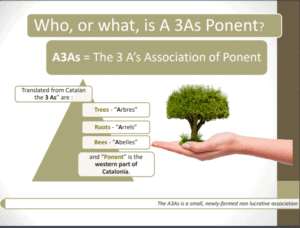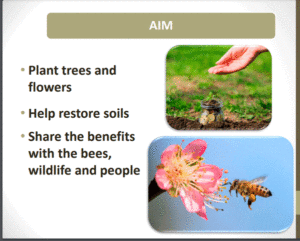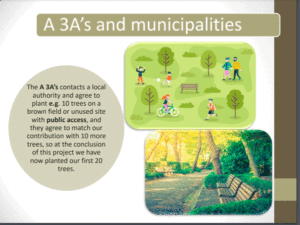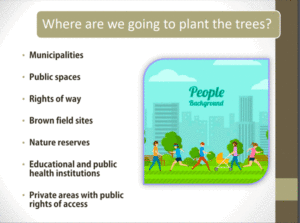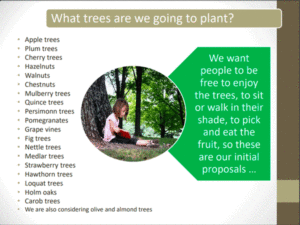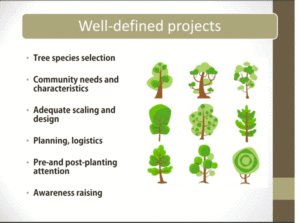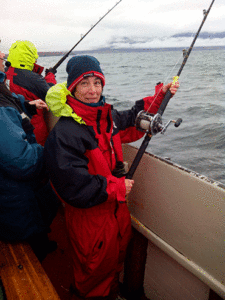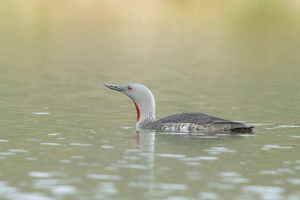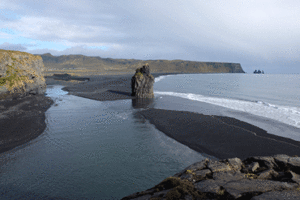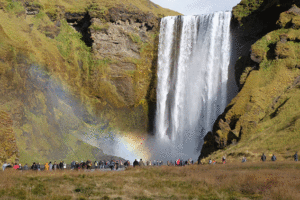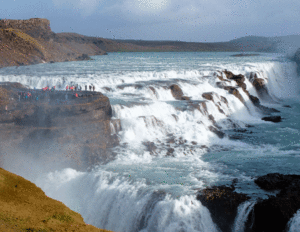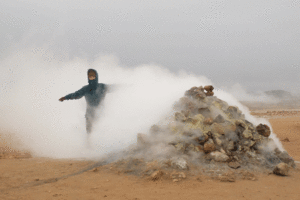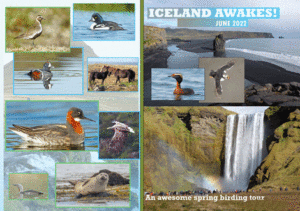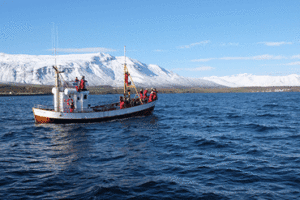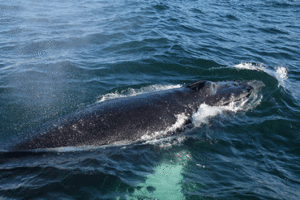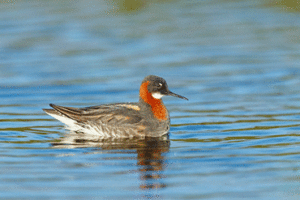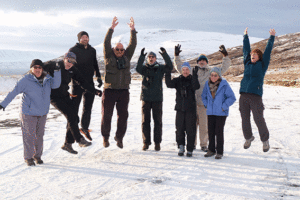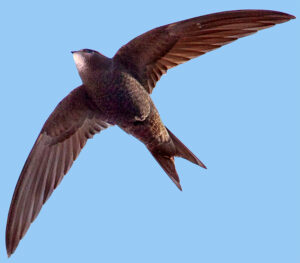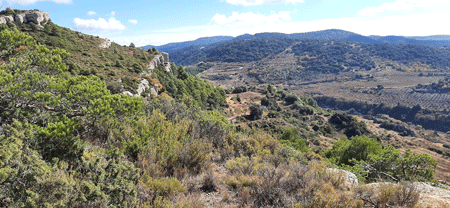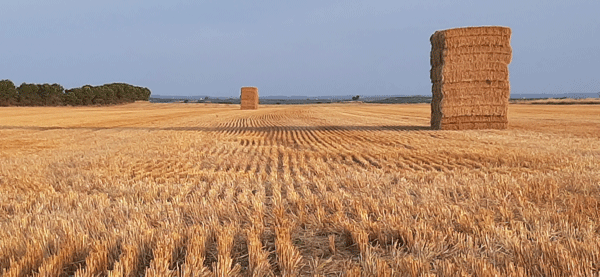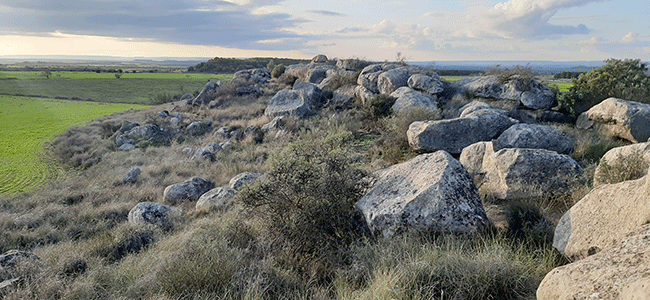After strict lockdown was partially eased I had justifications for being out and about: our allotment needed watering, weeding and sowing, and that was in Bovera, some 40 kilometres from our apartment in Lleida. Furthermore, the self-employed were allowed out to go about our business. Now although clients – and hence paid work – were going to be rarer than Black Vultures from our balcony I could still make observations and take photos for publicity reasons and social media, and carry out my own bird counts and check out new areas. That at least is what I was going to explain if stopped by the police!
Late April and early May just had to be good for wader passage, and that meant checking out 3 main sites: (i) Lo Clot d’Unilla to the north of Lleida, as just enough rain had fallen to keep this temporary lagoon with an area of open water; (ii) the muddy patches around the edges of Estany d’Ivars; and (iii) the ricefields of Fondo de Llitera.
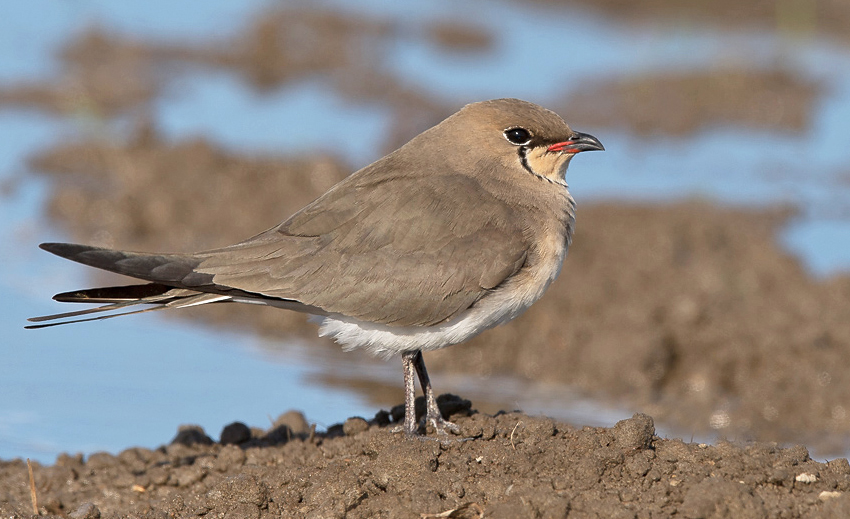
Collared Pratincole photo by Tom Verhuist
However, best laid plans … and all that. (i) Lo Clot d’Unilla had a smallish area of water that SHOULD have attracted more waders, but despite a Collared Pratincole and 22 Bar-tailed Godwits (a rarity for the area), Little Ringed Plovers and a few Wood Sandpipers I came away feeling disappointed. (ii) Even more disappointing was the Estany d’Ivars, with virtually NO good wader habitat. (iii) Checking past notebooks and making several dashes for the ricefields had me frowning and scratching my head: Why hadn’t they flooded the fields yet, even in early May?
On the positive side my search for passage Wood Warblers was successful, with 2 in a tree on the edge of the Alfés aerodrome, along with Bonelli’s Warbler and Willow Warblers, and a nearby Garden Warbler thrown in for good measure! And on what must have been the latest date possible to see the Wood Warblers.
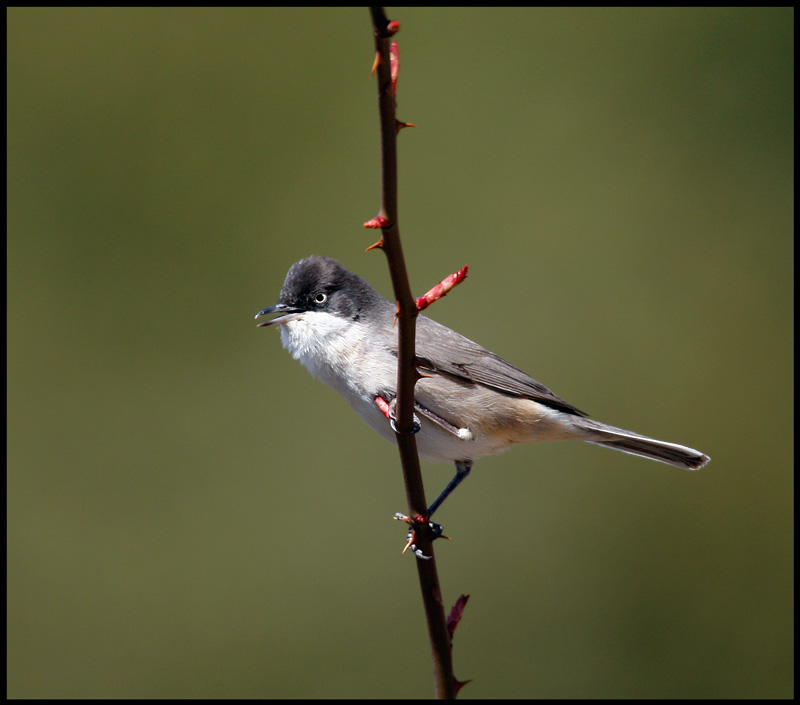
Western Orphean Warbler photo by JM Breider
Just half an hour later I had seen a handsome male Ortolan Bunting on the edge of the aerodrome too, so it was a memorable day indeed. Then for most of May I was pretty inactive, until Florinda convinced me to go for a walk with her on the outskirts of Lleida, and we managed to set eyes on one of the country’s rarest breeding birds: the Lesser Grey Shrike. That was followed by a roadside Red-footed Falcon near Alfés, Black-bellied Sandgrouse and Western Orphean Warbler in the north of the Hotspot, a couple of Squacco Herons in the heron and egret colony at Rufea, 2 Eurasian Jays in the Sierra Llarga, a male Spanish Sparrow and a Common Tern at Alfés, and a brief flyby Eleonora’s Falcon in mid-June.
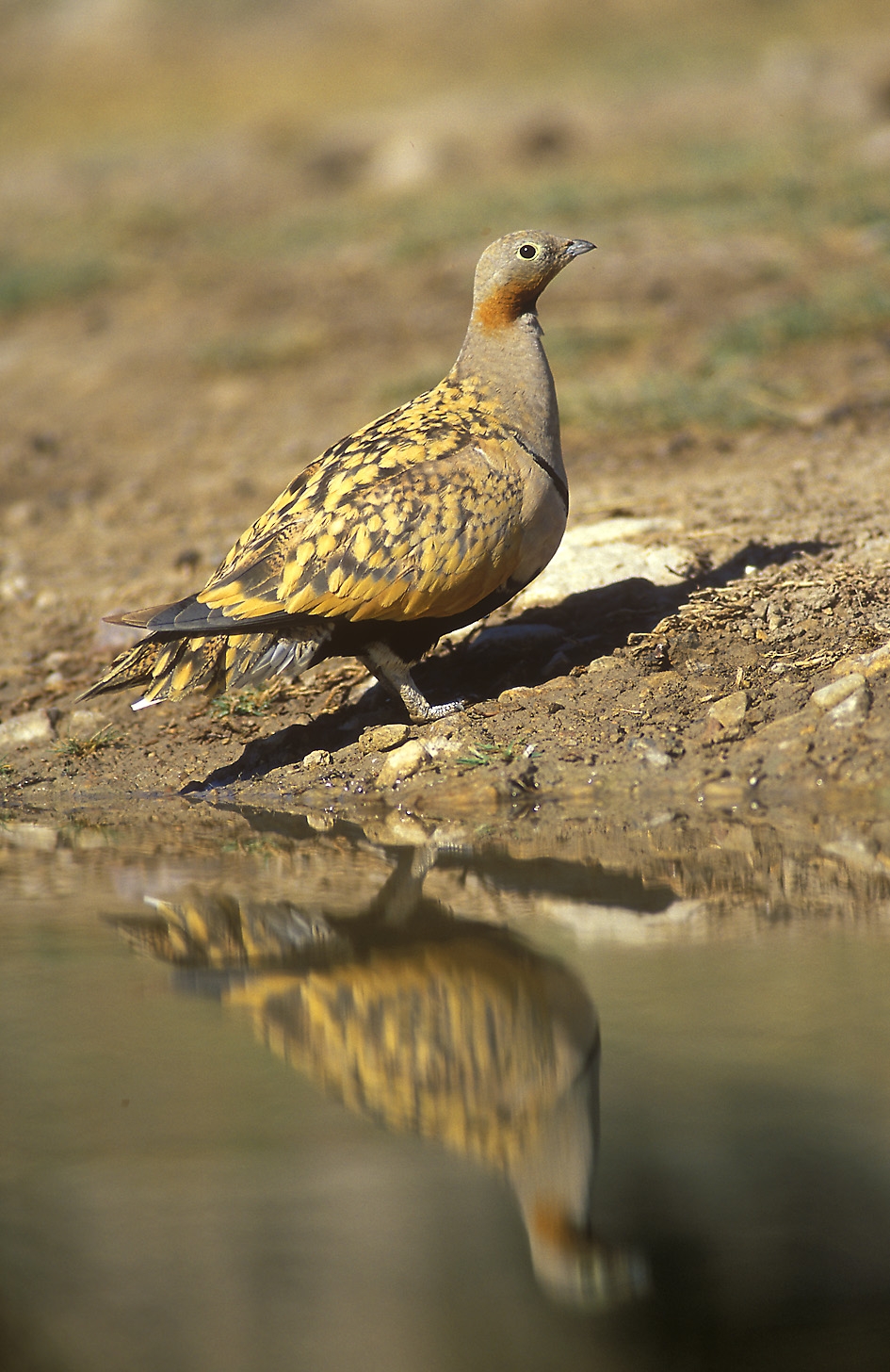
Black-bellied Sandgrouse photo by Jordi Bas
Running total 205 species. It wasn’t going to be a record year, but at least some of the difficult target birds had made it onto the list. And perhaps I could still pick up Little Stint, Common Whitethroat, Tawny Pipit and Osprey in the autumn migration period.
